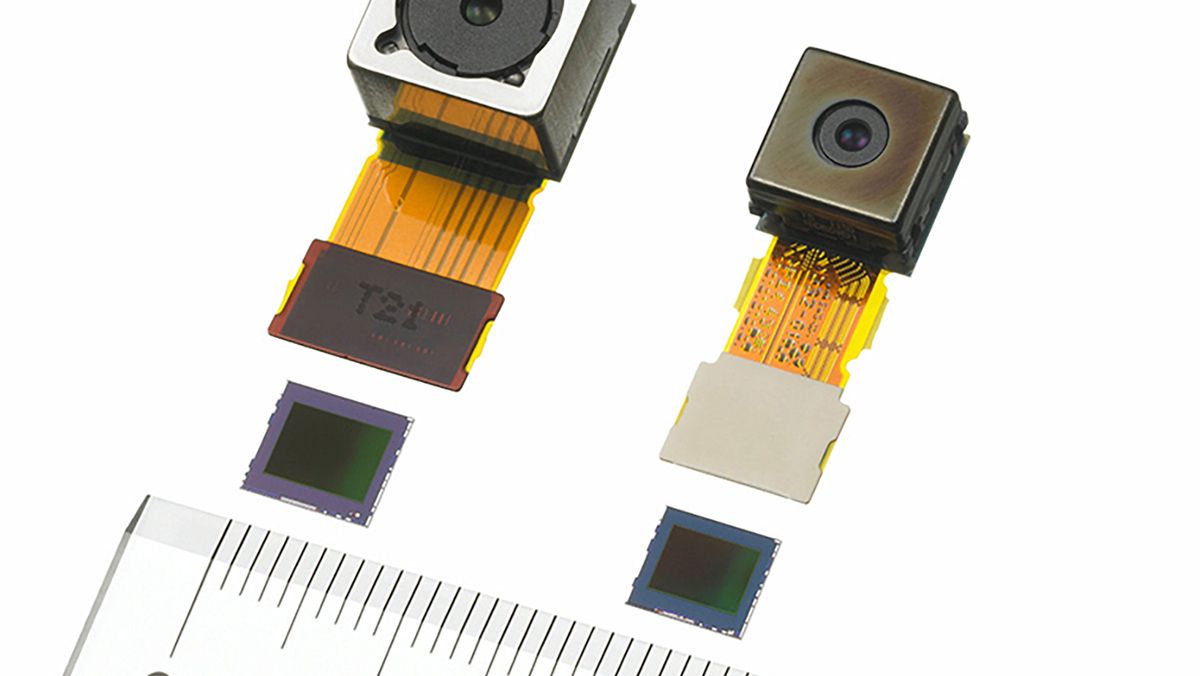As you know, the size of the sensor chip is very important for the image quality of a digital camera. The more photons that reach each pixel sensor, the better. With larger pixel sensors, image noise is reduced, and although there are countless different ways to reduce the problem and improve image quality, it’s still an issue.
Both consumers and the industry know this, but what many don’t know is that the advertised sensor size is often quite misleading.
For example, you might have thought that the so-called 1 inch sensor was actually 1 inch in size, i.e. 25.4 mm in diameter?
In fact, it is approximately 15.7 mm in diameter. In other words, much less.
but why?
The same applies to practically all sensor chips smaller than those used in system cameras. For such cameras, the size is determined in a different way – and much more intuitive.
For compact cameras, a standard from the fifties was used, and this also eventually became popular when talking about camera sensors in mobile phones.
As of today, it’s completely irrelevant, but it’s so integral that it’s practically hard to do anything about it. Even the professional media still believes to this day that the 1/N-inch type size specification actually directly and accurately indicates something about chip size.
The reason for this, like many others:
marketing
When analog video cameras were to be marketed to the domestic market, manufacturers feared that they would be seen as toys, because the sensor size was too small. Most people were familiar with 135-film, also known as 35mm, and thus had some sort of relationship with the size of the recording medium. Some consumer camcorder sensors were as small as 3 x 4 mm, so the diameter of the image tube used – so-called vidicon tubes – began to be given instead.

Vidicon tubes were a variant of the more common cathode ray tubes used by old televisions and the like to display images, but they can also be used to capture light and thus store moving images. Here you see a diagram About how they are structurally built.
But the diameter of the glass tube was necessarily much larger than the sensitive area at the end of the tube.
Typical sizes were 2/3 inch, 1/2.33 inch, etc. The largest of this designation in use today is 1/1 inch, often shortened to 1 inch. But, as mentioned, that doesn’t mean it’s as big as an inch.
Sony produces the most popular sensor chip of this size, but refers to it as a “1.0 type sensor”.
Actual size
The length of the diagonal also does not indicate the size of the piece in terms of area, as it also depends on the aspect ratio. Most video chips are 4:3 or 3:2, so the difference is not huge, but it is significant.
Below is a small list of the most common chip sizes and how large the image chips actually are. Except for the 1-inch slide, all of these have 4:3 aspect ratios:
| Writes | Diameter | Qatari |
| 1 / 3.6 inch | 7.1 mm | 5.0 mm |
| 1 / 3.2 inch | 7.9 mm | 5.7 mm |
| 1/3 inch | 8.5 mm | 6.0 mm |
| 1 / 2.9 inch | 8.8 mm | 6.2 mm |
| 1/2.7 inch | 9.4 mm | 6.6 mm |
| 1 / 2.5 inch | 10.2 mm | 7.2 mm |
| 1/2.33 inch | 10.9 mm | 7.6 mm |
| 1/2 inch | 12.7 mm | 8.0 mm |
| 1 / 1.8 inch | 14.1 mm | 8.9 mm |
| 2/3 inch | 16.9 mm | 11.0 mm |
| 1 inch | 25.4 mm | 15.7 mm |
A more complete list can be found at Wikipedia.
Moreover, the statement is not entirely without a basis in reality, even if it is misleading at best. In practice, it turns out that the real volume is often about two-thirds the size determined according to the old system. A useful rule of thumb to keep in mind, although accuracy may vary somewhat.

“Web specialist. Lifelong zombie maven. Coffee ninja. Hipster-friendly analyst.”




